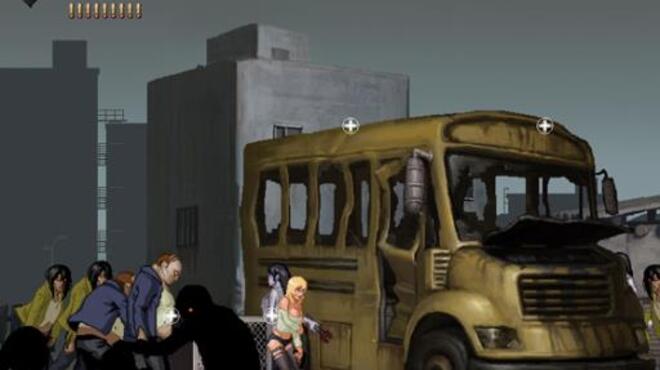
When the parasite discovers a potential host (generally the South American butterfly known as Thysania Agrippina), it injects an egg into the host's body.A fertilized female incubates its eggs within the womb.This could have something to do with pheromones. The fully grown ACG specimens appear to have an adverse effect on human hosts, or "zombies", as they can make their heads explode if crushed. Unfortunately, a queen escaped the facility instead, they witnessed the horrifying effect the species had on humans. They experimented on rats and cattle to see what the new species would do to its host and witnessed it zombifying the rats and cattle.

Barnaby and his research team were going to harness the species and use its abnormal but useful properties to accelerate the production of meat. The wasps also possessed their own version of queens, mature insect matriarchs who conduct the hosting process.ĭr. The team also witnessed firsthand the insect's birth process and its dependency upon host species to live. Though the species was much larger and more aggressive than its similarly-resembled wasp and bee counterparts, the laboratory staff referred to them as such when speaking casually. It was a previously unidentified and undiscovered species of insect. During their research, they discovered the species' presence. Russell Barnaby, aimed to find a way to accelerate reproduction of the local cattle population for rapidly-increasing American consumer demand. government-funded research facility was established in the town, whose scientific personnel, lead by Dr. The Ampulex Compressa Giganteus originated from the region bordering the Pachacamac River near the Central American town of Santa Cabeza.


 0 kommentar(er)
0 kommentar(er)
